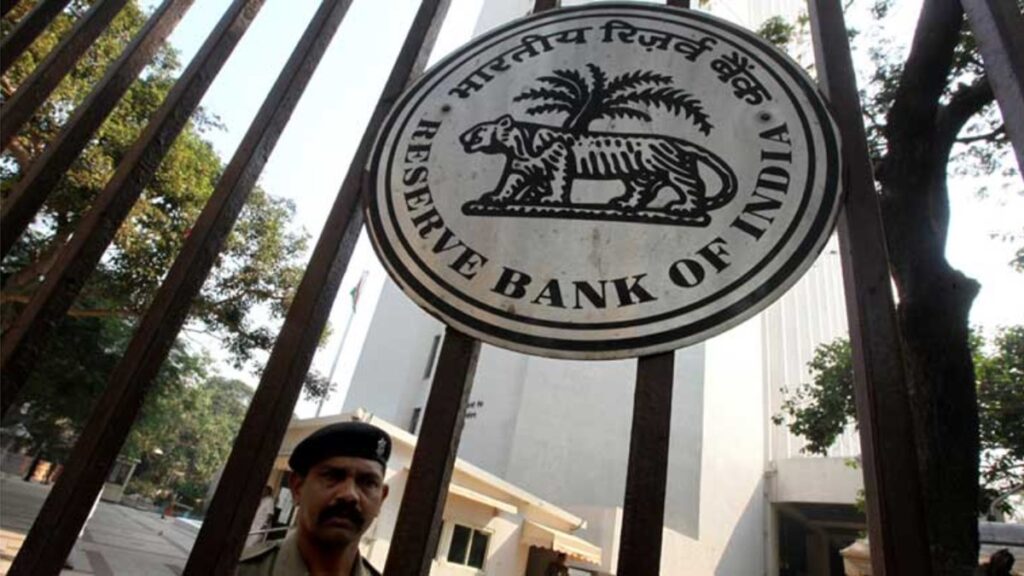
Since the global financial crisis, Indian banks have performed better than their international counterparts in a number of criteria and have shown greater resilience.
In the face of escalating geopolitical risks and unprecedented macroeconomic volatility, the Indian banking sector continues to emerge as a beacon of stability and growth on the global stage. According to a report by Boston Consulting Group (BCG) in association with FICCI and Indian Banks’ Association, Indian banks have remained resilient in the face of worldwide inflationary spirals and plunging valuations, demonstrating record profitability, strong credit growth, and a high-caliber book that points to strategic expansion and strengthened balance sheets.
The report brings to light key valuation and profitability metrics to underline Indian banks’ outperformance vis-à-vis their global counterparts. Since the global financial crisis, Indian banks have performed better than their international counterparts in a number of criteria and have shown greater resilience.
Over time, the distribution models have evolved toward greater digitalisation. However, the significance of physical branch networks in offering personalised service has not lost value. “To continue delivering banking at scale with cost-efficiency, banks need to adopt a ‘phygital’ strategy, delivered using open architecture through a network of fintechs, BCs, and DSA,” says the report. This would include strategically aligning services with the most effective channels tailored to specific customer segments.
While climate change is a global crisis, for Indian banking it has two-pronged effects: a $2.5 trillion opportunity for green finance and an impending risk because more than half of all bank credit is given to industries that are vulnerable to climate change. This means finding newer participation models to promote a more cooperative approach and adjusting operating models to incorporate climate risk and incentivise eco-friendly funding. The report suggests that Indian banks can also take a cue from their global counterparts to design novel solutions and reimagine key business functions to turn climate change into a viable business opportunity.
The report further highlights the rapidly developing Account Aggregator (AA) framework in India as part of the larger digital public infrastructure. The importance of consent-based frameworks is emphasized, and AA is suggested as a key factor in the financial inclusion movement. By making authenticated data broadly available, AA is transforming lending and wealth management, with annual consents predicted to exceed $5 billion by 2027.
“Banks need to put in place capabilities to convert this data into actionable insights for disproportionate gains and creating differentiation,” the report suggests.
While Generative AI is being recognised widely as a path breaking innovation for the banking sector which holds the potential to redefine customer experience, boost efficiency, and provide access to unprecedented frontiers of doing business, it is also essential to ensure that teams are equipped with sufficient skills to make the most out of GenAI, and at the same time, be cognisant of the new-age risks this would entail.
Sunil Mehta, chief executive, India Banks’ Association, says that globally, Neobanks and fintechs, with their digital-only approach have not seen as much success as traditional banks. “This shows that the primacy of human touch will remain critical. However, banks today need to reinvent the role of branches and adopt a phygital strategy to provide inclusive and personalised banking at scale,” he adds.
Jyoti Vij, additional director general, FICCI, attributes the Indian banking sector’s resilience to the government and RBI’s reforms. She notes, “Be it dealing with NPAs, recapitalisation of banks, new avenues for resolution via IBC, creation of National Bank for Financing Infrastructure and Development (NABFID) and National Asset Reconstruction Company Limited (NARCL) – all these have been very strategic and timely interventions.”
Over the last 3 decades, the Indian banking sector has been a driving force behind the India growth story. The country now stands at a focal point in its economic journey. While looking to address its legacy trait of credit under-penetration and envisioning a $30 trillion economy by 2047, the next couple of decades warrant Indian banks to play a pivotal role in boosting credit growth.
Courtesy : https://www.fortuneindia.com/macro/indian-banks-resilient-but-only-10-follow-risk-management/114992


